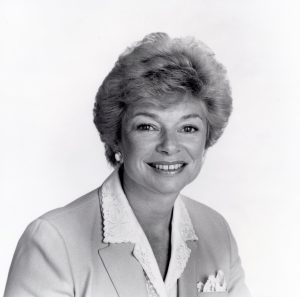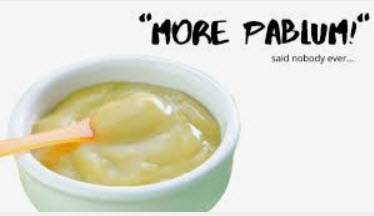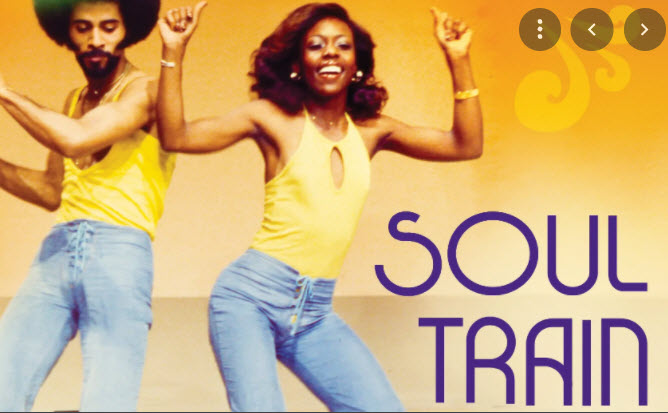Benefit Shoveling is Not Branding.
I received a lovely mailer today from my financial investment company trying to get me to move my credit card over. The art direction was great, the copy good, but the strategy lacking. You see, the promotional piece suffered from something I call benefit shoveling — the listing of consumer benefits ad nauseum. The bennies weren’t organized in an discernable way, other than, say, most impactful first. Plus they weren’t arrayed in a way that was brand salient. They were shoveled, one after the other.
I work with a financial client in a similar business. We have just landed on a claim and proof array (brand strategy) that captures what consumers want most and what the brand does best. When I look at the credit card promotion-piece I received, it became perfectly clear to me how a brand strategy would have helped. Rather than shoveling benefits, a strategy would have built the benefits into a coherent story. A story that only one institution would tell.
 In fact, were I to rewrite the credit card promotion with my own client’s strategy, the shovel would disappear and the cement ready for mixing – as the strategic building blocks were already in place. That’s brand strategy at work. As Marilyn Laurie, world famous AT&T brand expert would say, “Make deposits in the brand bank.” Shovel no more.
In fact, were I to rewrite the credit card promotion with my own client’s strategy, the shovel would disappear and the cement ready for mixing – as the strategic building blocks were already in place. That’s brand strategy at work. As Marilyn Laurie, world famous AT&T brand expert would say, “Make deposits in the brand bank.” Shovel no more.
Peace!









